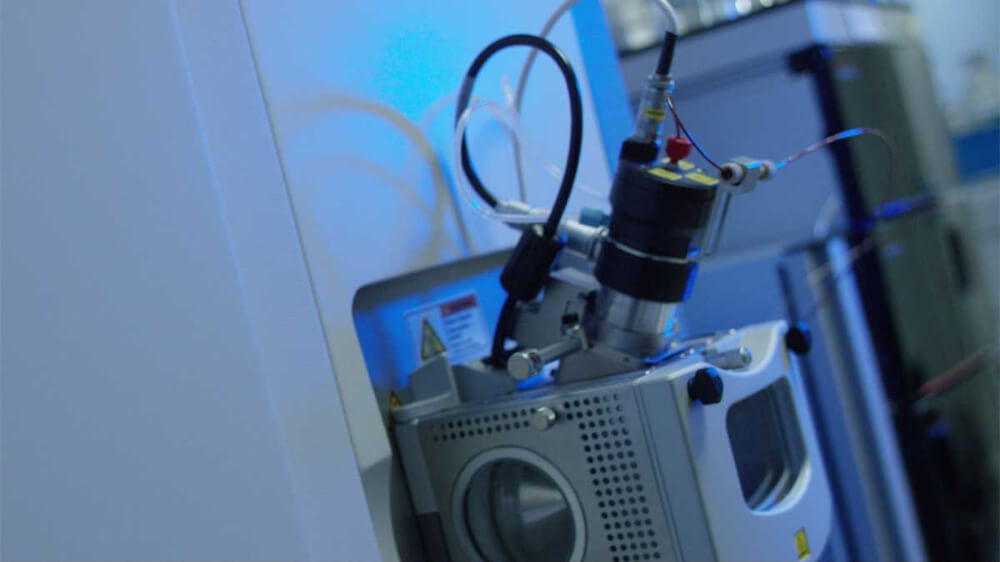



Business Inquiry
Global:
Email:marketing@medicilon.com
+1(781)535-1428(U.S.)
0044 7790 816 954 (Europe)
China:
Email: marketing@medicilon.com.cn
Tel: +86 (21) 5859-1500



Just because a gene is cut and disabled doesn’t mean the cell’s DNA repair mechanisms are ready to throw in the towel. No, they stay in the gene’s corner, patching the gene’s damage, keeping the gene in the transcriptional ring. Because the gene’s molecular seconds can lessen knockout efficiency, those who would keep the gene down for the count might consider a two-step strategy. First, as always, groom the most formidable opponent, the most efficient CRISPR/Cas9–single-guide RNA (sgRNA) combination. Second, interfere with the cell’s DNA repair mechanisms.

This two-step strategy occurred to scientists based at the University of California, Berkeley. They began by considering a long-standing puzzle: Why do some sgRNAs work well, setting up the Cas9 nuclease to cut and disable a gene nearly 100% of the time, while other sgRNAs bind to DNA but seldom or never knock out a gene?
The scientific director of UC Berkeley’s Innovative Genomics Initiative, Jacob Corn, Ph.D., suspected that Cas9’s occasionally poor cutting efficiency might be related to how DNA is repaired, since DNA repair mechanisms—the enzymatic corner men that fix any breaks or deletions in the DNA that might lead to a deadly mutation—differ from cell to cell. Dr. Corn reasoned that random strands of DNA—none of them similar to any actual human DNA (that is, nonhomologous)—might confuse the repair process and improve the knockout success rate.
“It gives the cell a little kick to prevent normal repair from happening,” said Dr. Corn.
He portrays CRISPR/Cas9 gene editing as a competition between cutting and DNA repair: once Cas9 cuts, the cell exactly replaces the cut DNA, which Cas9 cuts again, in an endless cycle of cut and repair until the repair enzymes make a mistake and the gene ends up dysfunctional. Perhaps, he speculated, the oligonucleotides decrease the fidelity of the repair process, or make the cell switch to a more error-prone repair that allows Cas9 to break the gene more readily.
Dr. Corn is the senior author of an article (“Non-homologous DNA Increases Gene Disruption Efficiency by Altering DNA Repair Outcomes”) that appeared August 17 in the journal Nature Communications. The article describes how the two-step gene knockout strategy increased knockout efficiency by as much as five times.
“Non-homologous single-stranded DNA greatly stimulates Cas9-mediated gene disruption in the absence of homology-directed repair,” wrote the article’s authors. “This stimulation increases the frequency of clones with homozygous gene disruptions and rescues otherwise ineffective sgRNAs.”
The authors added that the molecular outcome of enhanced gene disruption depends upon cellular context, “stimulating deletion of genomic sequence or insertion of non-homologous DNA at the edited locus in a cell line specific manner.” Most important: “Non-homologous DNA appears to divert cells towards error-prone instead of error-free repair pathways, dramatically increasing the frequency of gene disruption.”
“It turns out that if you do something really simple—just feed cells inexpensive synthetic oligonucleotides that have no homology anywhere in the human genome—the rates of editing go up as much as five times,” asserted Dr. Corn. The technique boosts the efficiency of all CRISPR/Cas9s, even those that initially failed to work at all.
With higher efficiency, researchers will have better success at creating the knockouts they want, and then using those knockout cell lines to explore the function of a gene or a group of genes. Because most long-lived cell lines are derived from cancer cells—including the very popular HeLa cell line—these cell lines typically have more than the normal two copies of each gene. This can make it difficult to knock out all copies at once, and higher efficiency greatly increases the chance of success.
High efficiency also is essential when knocking out genes to correct hereditary mutations in humans. Physicians have speculated about knocking out genes that make people susceptible to infectious diseases, such as AIDS, or prone to autoimmune, inflammatory, or neurodegenerative disorders. It remains to be seen whether the approach described by Dr. Corn and colleagues could be used in a therapeutic context, but it is very effective for research purposes.
Dr. Corn and colleagues also intend to take advantage of the peculiarities of DNA repair to improve sequence insertion, so that a defective gene can be replaced with a normal gene, and possibly cure a genetic disease.
 Relevant
news
Relevant
news